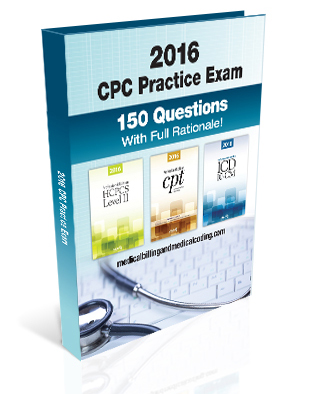Submitted by: Steven Guptha
codes-- Supplementary classification of factors influencing health status and contact with health services [V01-V86]
V01-v06 Persons with potential health hazards related to communicable diseases
V07-v09 Persons with need for isolation, Other potential health hazards and Prophylactic measures
V10-v19 Persons with potential health hazards related to personal and family history
V20-v29 Persons encountering health services in Circumstances related to Reproduction and development
V30-v39 Live-born infants according to type of birth
V40-v49 Persons with a condition influencing their health status
V50-v59 Persons encountering health services for specific procedures and aftercare
V60-v69 Persons encountering health services in other circumstances
V70-v82 Persons without reported diagnosis encountered during examination and investigation of individuals and populations
V83 Genetics
V84-v85 Body mass index
V86 Estrogen receptor Status
INTRODUCTION: ICD-9-CM :Provides codes to deal with encounters for circumstances other than a disease or injury. The Supplementary classification of factors
influencing health status and contact with Health Services [V01-V86] is provided to deal with occasions when circumstances other than a disease or injury are recorded
as a diagnosis or problem.
There are 4 primary circumstances for the use of V codes:
1. A person who is not currently sick encounters the health services for some specific reason, such as to act as an organ donor. to receive prophylactic
care, such as inoculations or health screenings, or to receive counseling on health related issues.
2. A person with a resolving disease or injury, or a chronic, long-term condition requiring continuous care, encounters the health care system for specific
aftercare of that disease or injury [e.g dialysis for renal disease, chemotherapy for malignancy]. A diagnosis/ symptoms code should be used whenever a
current, acute diagnosis is being treated or a sign or symptom is being studied.
3. Circumstances or problems influence a person's health status but are not in themselves a current illness or injury.
4. Newborns, to indicate birth status.
History of: There are two types of history of V codes, personal and family. Personal history codes explain a patient's past medical condition that no longer
exists and is not receiving any treatment but that has the potential for recurrence, ad therefore may require continued monitoring.
Family history codes are for use when a patient has a family member's who has had a particular disease that cause the patient to be at higer risk of
contracting the disease.
The History V codes categories are:
V10 : personal history of malignant neoplasm.
V12 : personal history of certain other diseases.
V13 : personal history of other disease, except V13.4 personal history of aarthritis. and
V13.6 personal history of congenital malformation. These conditions
are life-long so are not true history codes.
V14 : personal history of allergy to medicinal agents.
V15 : other personal history presenting hazards to health
except V15.7 personal history of contraception
V16 : Family history of malignant neoplasm
V17 : Family history of certain chronic disabling diseases
V19 : Family history of other conditions.
Examples: Diabetes on Lantus [insulin]
250.00, V58.67
Examples: CKD [chronic kidney disease] with hemodialaysis
585.9,V45.11
Examples: pregnancy with history of abortion
V23.2
Examples: encounter for emergency contraceptive counseling and perscription
V25.03
Examples: Transplant of heart, liver,lung
V42.1, V42.7, V42.6
Examples: Encounter for respirator dependence during power failure
V46.12
Examples: Aftercare for healing traumatic fracture of lower leg
V54.16
Examples: Human immunodeficiency virus [HIV] counsellings
V65.44
Examples: Development handicapsin early childhood
V79.3
Examples: pregnancy examination or test of positive result
V72.42
About the Author: Dr Guptha faculty for | medical billing training online | Online Medical coding Training
Source: www.isnare.com
Permanent Link: https://www.isnare.com/?aid=487608&ca=Education
